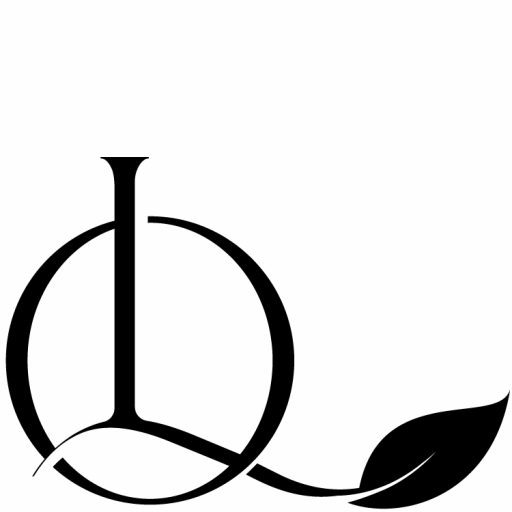Cactus Leather
A vegan leather made from the leaves of nopal cactus
Cactus leather, also known as Nopal leather, is a sustainable and eco-friendly leather alternative made from the prickly pear cactus. The cactus is native to Mexico and is known for its ability to survive in arid conditions, making it a resilient and sustainable crop.
The cactus is harvested and processed to create cactus leather by first cleaning and mashing the leaves into a pulp. The pulp is then dried and mixed with a non-toxic, water-based binder to create a material that is pliable and can be used in a variety of products.
How is Cactus Leather made?
Cactus leather is made by harvesting mature leaves of the nopal cactus, washing and mashing them, and then drying and pressing the pulp to create a thin, flexible sheet. The sheet is treated with natural dyes and a non-toxic, plant-based resin to give it a leather-like texture and durability. Cactus leather is a sustainable and eco-friendly alternative to traditional leather, as it requires less water and land use, doesn't involve any animal products, and is biodegradable and can be recycled.


What are the environmental benefits?
Cactus leather offers several environmental benefits over traditional leather and synthetic materials. Firstly, cactus leather is a sustainable and eco-friendly alternative, as it is made from natural and renewable materials and does not involve any animal products or harmful chemicals. The production process for cactus leather also requires less water than traditional leather, which is important in areas where water is scarce. Additionally, the production of cactus leather does not require any land use or deforestation, as the nopal cactus grows naturally in arid regions and doesn't require any irrigation or fertilizers.
Cactus Leather
life cycle assessment
The early stage LCA follows the ISO 14040 and 14044 LCA guidelines. These results are based on early-stage life cycle analysis conducted on Desserto® products following life cycle analysis related ISO guidelines (14040 and 14044). These results are based on preliminary data and estimates for manufacturing process and materials in the relevant supply chains. These results are meant to provide an understanding of potential sustainability related impacts /benefits of the product based on life cycle impact assessment principles. Any comparisons provided with other products are based on approximations and averages where applicable. It is recommended to use your own specific benchmarks for comparison purposes. If you have any question, please contact us directly in the contact page.


